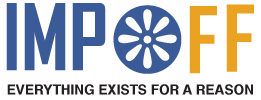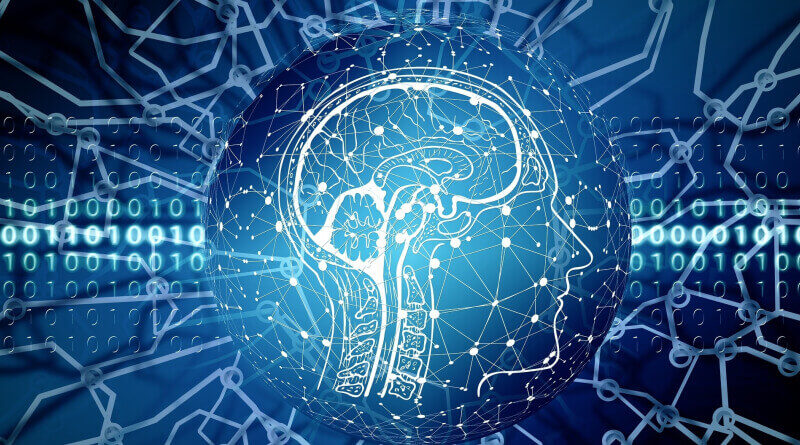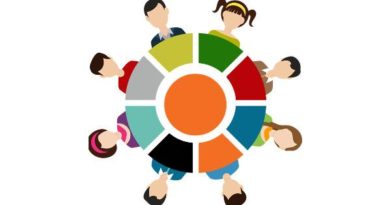Importance of Memory in Learning Processes
Memory, our ability to acquire and store a wide variety of information.
As human beings, the ability to reuse all past and present experiences is not only important in the same way it’s for animals, for example; it’s also essential in more complex learning processes involving rational thinking…
What’s the importance of memory in education or any complex learning process?
Can we train our memory to improve it?
Does training memory favor learning?
In this short article, we’ll try to answer in an easy way, these and other questions that you may have to understand what’s the importance of memory in learning, and how we can take advantage of it.
About human memory
According to information we can read on LiveScience, memory is:
“The process of retaining information over time”.
A very simple definition for a highly complex topic.
But let’s see how our memory is organized, according to different experts.
A common model used to organize memory is:
- Sensory: An ultrashort memory that lasts a few milliseconds.
- Short Term: Information is retained from seconds to minutes.
- Long Term: Information is retained for hours, months, and years.
But this one is more interesting, “Working Memory Model”:
- Central executive: A kind of attention controller for other lower-level memories.
- Phonological loop: Process the information obtained by sounds or spoken language.
- Visuospatial: Visual, spatial, and kinesthetic information.
- Episodic buffer: It combines the information obtained from the two previous elements, achieving coherence between long-term memory and own experiences.
But to simplify things, let’s classify memory according to how the information is stored and remembered:
- Explicit memory
- Implicit memory
- Working memory
The different types of memory in the learning process
Memory is a dynamic process. Our brain is continually changing, reorganizing, and integrating the long-term information we already have, with new data, interpretations, and experiences.
So without this process, we couldn’t talk about learning, and vice-versa.
We can see this in the relationship between the student and the teacher.
The different strategies the teacher uses in the teaching-learning process play an important role in the development of the educational process, ensuring better coding, storage, and retrieval of what was taught. This directly affects the memory and attention of the student.
Then, what’s the role of explicit, implicit, and working memory in this process?
Explicit memory refers to the storage of information about general facts and specific events in our life. These are conscious memories that we can describe in words, and it’s the type of memory we usually speak about in our day-to-day.
An example would be the student trying to solve a complex mathematical problem, where he’ll need flexibility and relational learning.
On the other hand, implicit memory refers to unconscious memories and takes the form of habits, perceptual, or associative conditioning. It’s expressed automatically and is difficult to verbalize.
You can see this in the case when you want to learn a foreign language; you need implicit memory because learning occurs through habits.
Finally, working memory enters the scene.
It’s basically a kind of short-term memory that serves to retain small amounts of information for short periods of time while we’re reading, talking, or even thinking.
It’s a kind of layer between our perceptions – of information – and the final fixation of explicit memories.
It makes it possible to save and manipulate information in real-time, allowing us to solve immediate problems. It’s like the place where reasoning occurs and we combine existing ideas, to create new ones.
The information must be in working memory for a certain amount of time in order to be stored in long-term memory.
In other words, the way we react to new information and the attention we pay to it determines whether it’ll be stored or not. That’s why it’s possible to improve the learning of any topic, by continuous and motivated practice.
How all this works together…
We mentioned earlier that learning can be explicit or implicit. In the first case, we’re aware of what we learn and in the second, we aren’t.
In practice, both explicit and implicit memory should be used to optimize learning.
We can see this in the case when children learn their native language. They first learn to speak by habit, and it’s only after a certain time that they’re taught the rules of that language.
That’s why it’s also very important that a process of understanding is involved in the learning process, and not only the repetition of a series of cold rules without relating them to vivid examples.
This is the point where working memory acts like “grease” to give coherence between the other types of memory.
“Memorizing is different from integrating our memory in solving everyday problems, not only academic problems.
Then, when the information is meaningful, the learning process is easier.”
As you can see, it’s not possible to underestimate the importance of memory in learning, and it’s the intelligent use of the different types of memory, that can really help students to achieve better results in any learning process.




